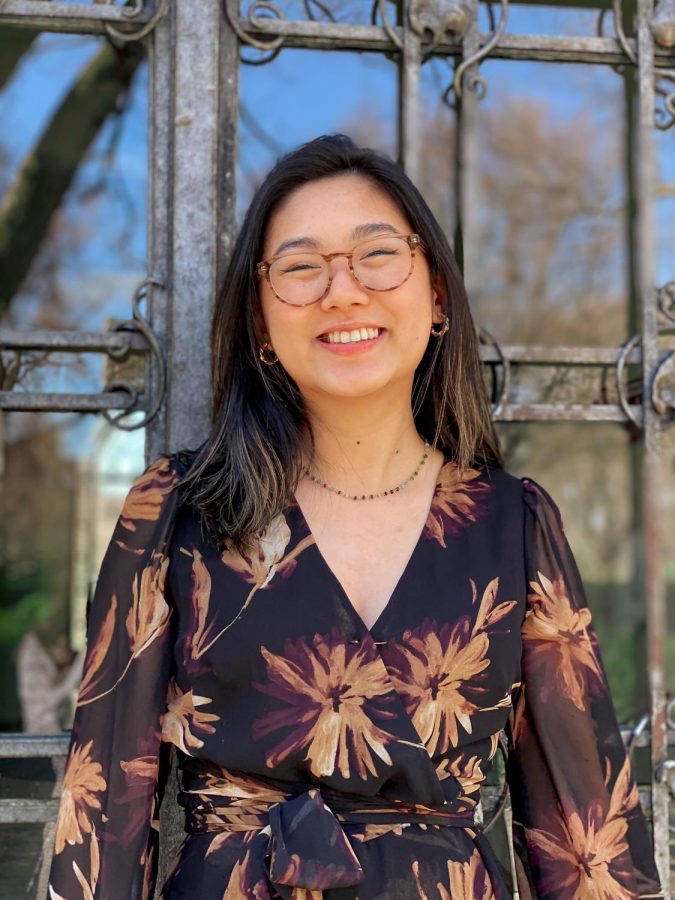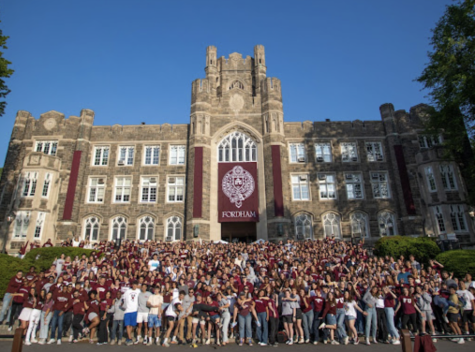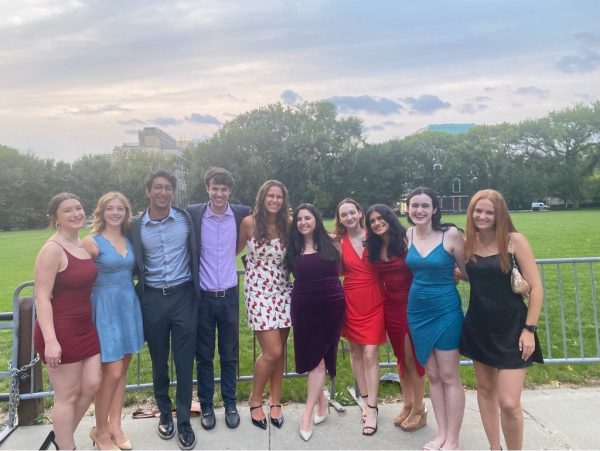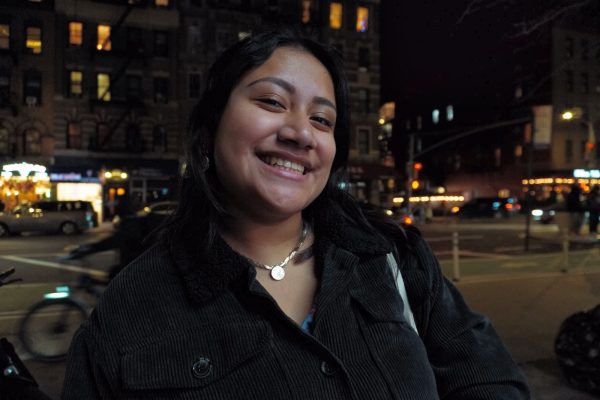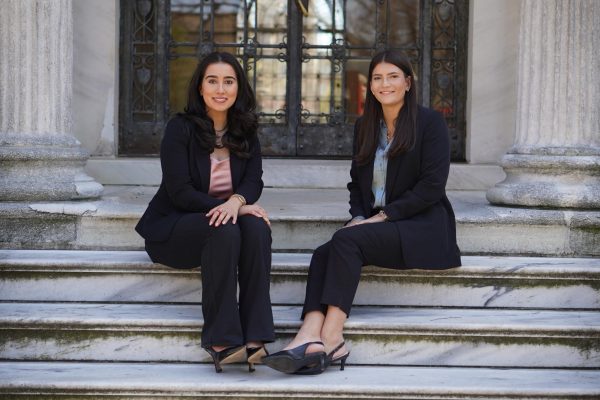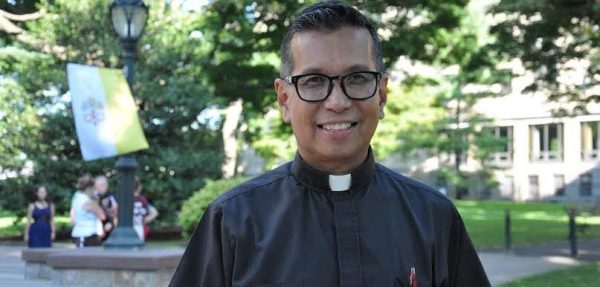Senior Analyzes the Discussion of Diversity, Equity and Inclusion in Classrooms
Is Fordham doing all it can to include Diversity, Equity, and Inclusion (DEI) in the classroom? After Fordham announced the new Anti-Racism action plan last summer, one student decided to delve further into the methods being used by Fordham professors to incorporate DEI in the classroom.
Arianna Chen, FCRH ‘22, spent the summer researching the various ways universities combine DEI and pedagogy, the study of teaching and advising Fordham faculty about how to approach conversations regarding critical identity in the classroom.
The project began with the intent of putting together the best practices that faculty and departments should implement. The goal was to help orient the faculty development page being created by Fordham to be more DEI centered, according to Chen.
While this page was being developed, both Fordham College at Rose Hill (FCRH) and the Gabelli School of Business (GSB) were reorienting curriculum for all departments, which happens only once every ten years. During this process, the university has opened discussions about faculty resources and development. “This felt like the perfect moment to coalesce where the university is at in terms of resources,” said Chen.
To accomplish this, Chen interviewed 15 faculty members from different departments from both Rose Hill and Lincoln Center. Her goal was to get a sense of how professors explore identity in different courses and how conversations about identity have shifted in classrooms over the past year. Chen found that many professors struggled with determining how to begin these conversations which deterred them from incorporating DEI into their courses.
To help these conversations develop more naturally, Chen consulted reading materials such as “Diversity’s Promise For Higher Education” by Daryl G. Smith and “For White Folks Who Teach in the Hood” by Christopher Emdin. She also read about approaches other universities have taken to DEI. in pedagogy. She then grouped her findings into two distinct approaches: tips and tricks and thematic reorienting of curriculum. Chen believes the latter approach to be more difficult but also more effective. “I don’t think anyone wants to just include a couple authors of color in a syllabus,” said Chen. “No one wants an additive framework of diversity or a coverall of race and identity in the world. They want something thematic and intentional.”
According to Chen, the physics department has a program about air filtration in the Bronx that models the thematic approach really well. This program brings air filtration systems into Bronx classrooms. They are attempting to create a course based off of this project to encourage community engagement and to open conversations about access to S.T.E.M. in the Bronx. Through the project, the physics department students get to bring air filtration systems to Bronx classrooms and have conversations with students about climate change, Bronx air quality history and community empowerment issues. These conversations help educate Bronx students as well as Fordham students about systemic issues in the community, says Chen.
This project is a great example of the thematic DEI. incorporation that Chen is encouraging the university to incorporate. According to Chen, the air filtration project turned a physics course into a service learning course and a civic activism course. “The ideal Fordham class is one with interaction between all these elements [traditional learning, service learning, and civic activism],” said Chen.
From this research, Chen was able to put together recommendations for the university and the office of the provost in reference to core curriculum and what investments they should make in regard to faculty development. Chen recommended teachers have community based classrooms where they engage students in group work, creating a cohort community. Chen believes that by creating an environment where students feel comfortable with each other, students are able to have difficult conversations regarding identity and therefore feel more connected to the course material.

